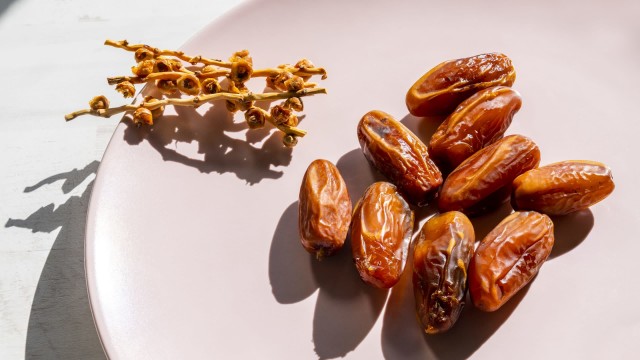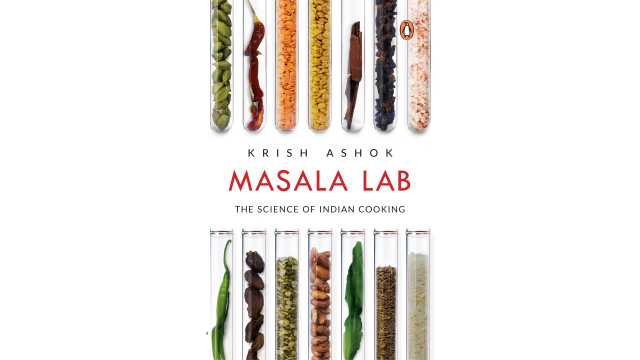Notes From Qatar: Spice Blends

From Morocco to Malaysia to Mexico, there’s no quicker way to evoke the soul of a cuisine than a classic combination of spices. Bizar (or bzar, or bezaar) is a spice blend commonly used in Qatar and throughout the Arabian Peninsula. I see it and smell it in shopsIt reminds me of garam masala: a potent, earthy-sweet-spicy mixture of flavors that combine to create a delicious sense of place. And every home or shop makes a slightly different variation of the blend, so each version is unique.
Bizar features prominently in the Qatari national dish maqboos, a dish of meat and rice cooked slowly for a long time. It’s quite a bit like biryani, which brings back fond memories of Punjab, but different enough that it’s helping me create new memories specific to my time here in Doha for the World Cup. These flavors are familiar enough to make me feel at home, and yet new and distinctive — an important component of this sports-centric wellbeing adventure, and one that I will always associate with the joy and excitement of this tournament.
While combinations of many spices are delicious, and fundamental to the fundamental flavors in many cultures, it’s important to remember that they’re also incredibly good for you. Spices contain many powerful phytonutrients that have proven health benefits. Take turmeric, an ingredient in bizar, which contains the polyphenol cucurmin. Studies have shown that cucurmin has anti-inflammatory, anti-cancer, and immune-boosting properties, and supports eye and kidney health. But eaten by itself, it’s not very bioavailable — our bodies can’t absorb much of it. Enter black pepper, another key component of Bizar. A chemical called piperine in pepper allows our body to absorb up to 2000 percent more cucurmin!
So besides delicious flavors, there’s a lot of ancient wisdom and state-of-the-art nutrition to be found in spices. And that’s good news, because wholesome foods made with spice blends are a lot tastier than supplements!



